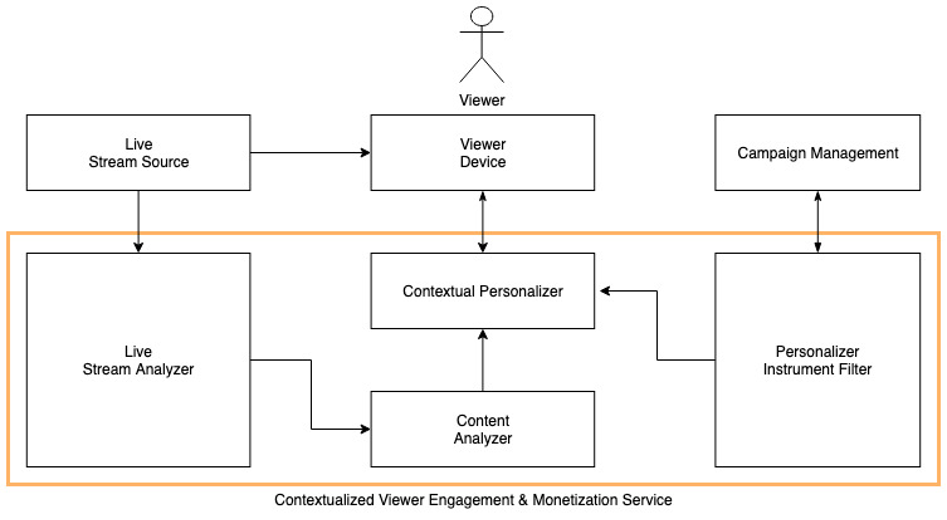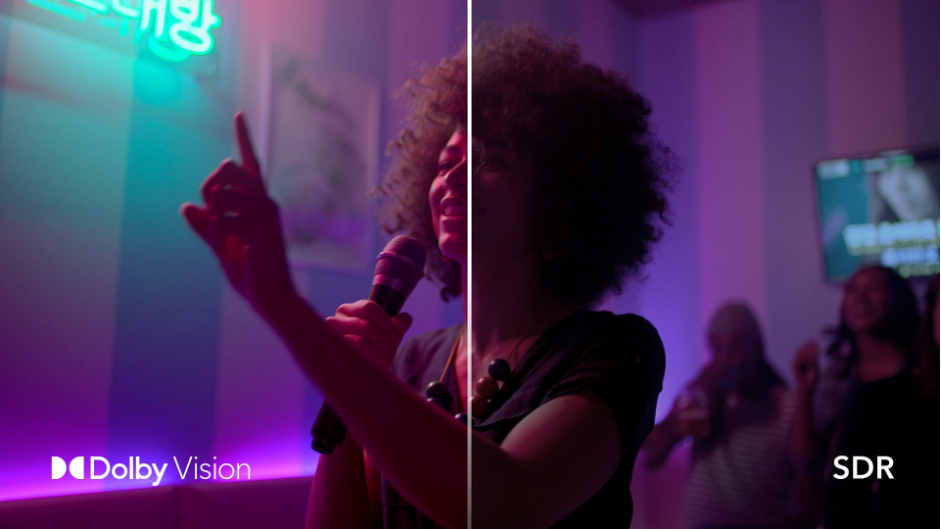AWS for M&E Blog
Category: Technical How-to
AWS Artist Series: Laying out the opening shots of Spanner
This is the 5th post in our AWS Artist series, find the other four below: AWS Artist Series: Compositing Spanner AWS Artist Series: Creating characters with dynamic wrinkles AWS Artist Series: Animating Noa AWS Artist Series: Rigging the bridge for “Spanner” Project introduction Spanner is a short film about two bridge makers: Ulysse is an overly […]
AWS Artist Series – Rigging the bridge for “Spanner”
This is the 4th post in our AWS Artist series, find the other three below: AWS Artist Series: Compositing Spanner AWS Artist Series: Creating characters with dynamic wrinkles AWS Artist Series: Animating Noa Project introduction Spanner is a short film about two bridge makers: Ulysse is an overly confident worker whose insecurities become very evident when […]
How to get to market fast with Automated ABR encoding
Automated ABR is an AWS Elemental MediaConvert feature that is ideal for customers who are launching an application and require the encoding of video files, but are not video experts. Before Automated ABR, developers had to guess which bitrates/resolutions and encoding settings were ideal to enable the best picture quality for end users. Usually when […]
Contextualized viewer engagement and monetization for live OTT events
Popular live stream events often command higher viewer attention due to the thrill, uncertainty, freshness, and unknowns of the content. On the other hand, in the over-the-top (OTT) world the last mile network latency and media player buffer often push a viewer at least few seconds behind real time. This elevated viewer attention and last-mile […]
AWS Artist Series: Animating Noa
This is the 3rd post in our AWS Artist series, find the other two below: AWS Artist Series: Compositing Spanner AWS Artist Series: Creating characters with dynamic wrinkles Noa and Ulysse under the bridge in Spanner. Spanner is the story of two bridge builders, Noa and Ulysse. Noa is an expert in her field; she trained hard […]
Amplify Video now supports MPEG-DASH for on-demand video
Introduction Amplify Video now supports generating MPEG-DASH manifests in addition to HLS manifests for on-demand video delivery, making it easier to leverage the two dominant HTTP streaming protocols for delivering video over the internet. In this post we highlight how users can use the AWS Amplify framework with the Amplify Video plugin to create and […]
Getting started with AWS Elemental Live and Dolby Vision
In the relatively new, ever-changing arena of High Dynamic Range (HDR) technologies, there are quite a few options to consider when it comes to creating video content with rich, beautiful, pronounced pictures with both brighter and darker colors. These include HDR10, HDR10+, HLG, and Dolby Vision. This post focuses on the key benefits of Dolby […]
Managing content delivery across multiple AWS Elemental MediaPackage origins
Traditional video on demand (VOD) workflows are often complex, with requirements to manage multiple content versions, packaging configurations and digital rights management (DRM) needs. These requirements often lead to complex transcoding pipelines, duplication of assets, and inflexible distribution configurations. Companies are starting to look to modernize their VOD workflows to increase agility, cost savings, and flexibility. […]
Stream tennis matches through AWS Elemental MediaLive and generate real-time replays with Amazon Rekognition
UPDATE: A new open source solution called Media Replay Engine (MRE) was released to the public that provides a scalable plugin-based framework designed to process live video sources and generate clips and highlights that support several linear and digital channel use cases. You can find it here: https://github.com/awslabs/aws-media-replay-engine. Broadcasters are increasingly looking to the cloud […]
Streamline content preparation and quality control for VOD platforms using Amazon Rekognition Video
Last year, we launched Amazon Rekognition video segment detection, an API that makes it easy for media customers to automatically detect frame accurate end credits, black frame segments, shot changes, and color bars in video files using machine learning (ML). Today, we are announcing support for four new types of segments (opening credits, content segments, […]









